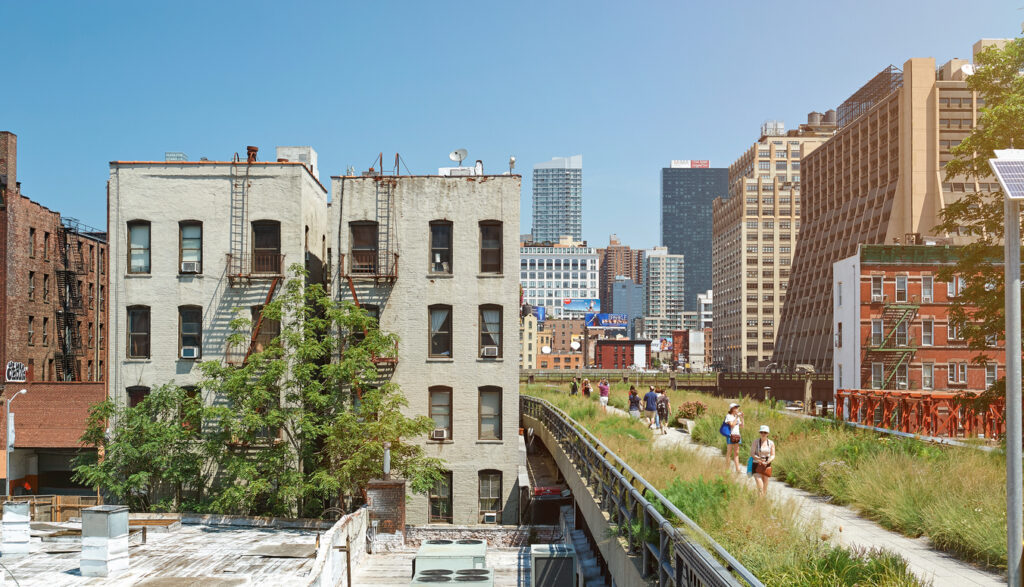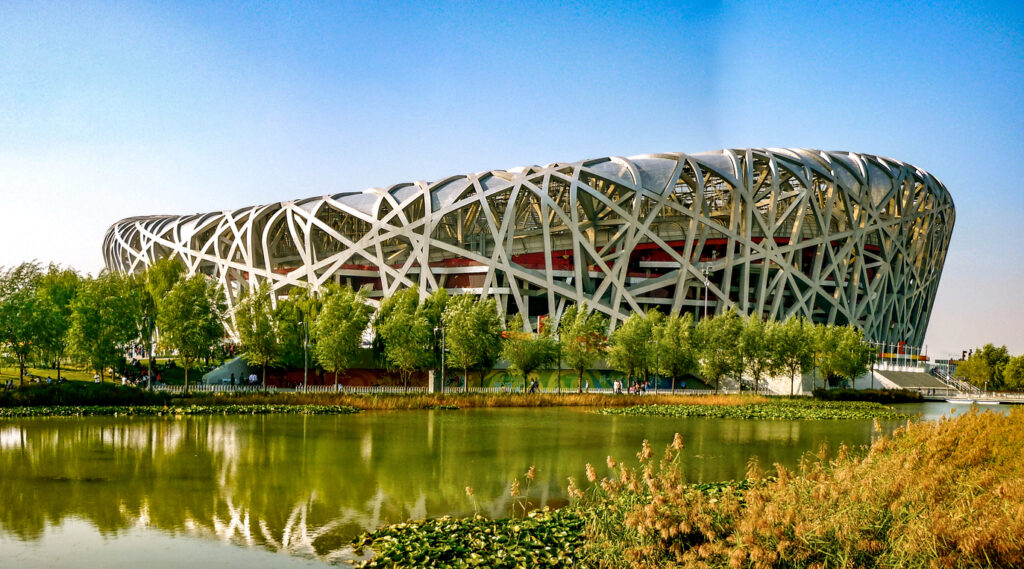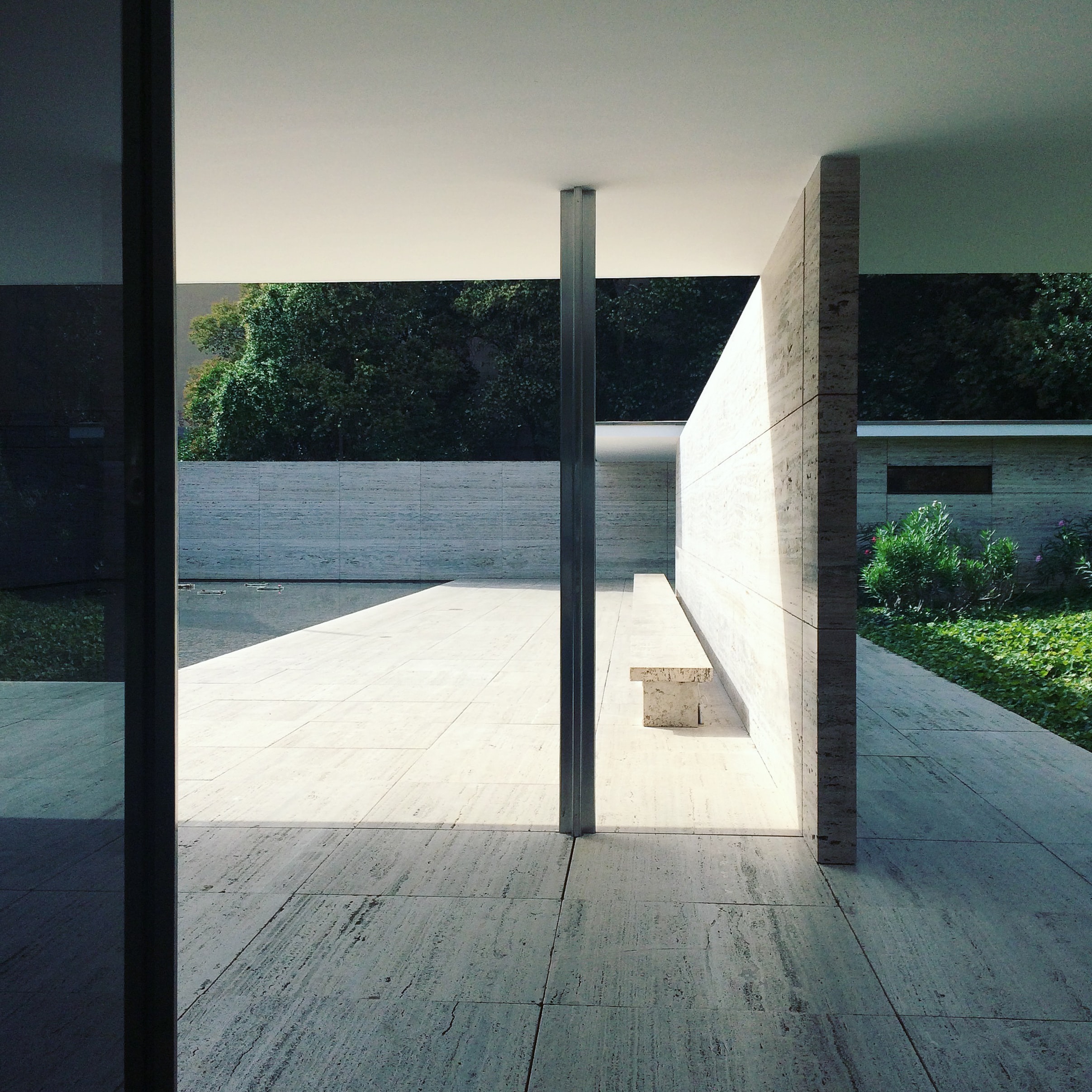In order to progress in their spatial habitat the human species has always faced the challenge of renewal and development if cities are to grow and evolve. In today’s world, the architectural value of a building is determined by its ability to blend in perfectly with the surrounding space. This concept is based on the union of architecture with nature. Therefore, respect for the natural aesthetic of the city’s surroundings is vital. Thus, the sole objective is for dialogue and the understanding of space as just one more architectural element.

Image 1 Aerial view of New York’s Central Park with surrounding golf courses and skyscrapers – Shutterstock photo.
The secret code of nature; the key to sustainable architecture
Nature is paramount in the city. This is not merely due to the visual aspect or colours it provides. It is also because of its important role in improving quality of life. For example, nature regulates climate, air quality, species conservation, environmental education, economy and tourism. Therefore, the presence of green areas such as parks, gardens and urban woodland can improve well-being. Similarly people become attuned to nature through promoting awareness, sensitivity and commitment to the environment. This concept is conveyed through symbiotic public spaces. These areas are created for work, rest and play. They connect the city emotionally, with the well-being of its inhabitants.

Image 2 High Line Park in New York built on elevated train tracks – Shutterstock photo.
Taking on board the link between architecture and the environment, means that every element built is an integral part of the context. Similarly, it should form a complementary interrelated system creating a whole.
One such system is High Line Park. This former railway line has become an open area for visitors. Boasting over 300 species of plants, grasses, shrubs and trees, it brings life to Manhattan in New York. The route covers almost four kilometres and is now a city centre haven of harmonious communication with nature.
Biophilic design and live constructions in constant movement
Biophilic design is seen as a way of ensuring the survival of humankind and a more sustainable future. Its design approach is to integrate nature in the built environment. Accordingly elements such as natural light, plants, water and other natural materials are used to design and build indoor and outdoor spaces. Design strategies are created including outdoor views and using natural textures and patterns. This fosters an emotional and sensory connection with nature.

Image 3 Super Trees at Gardens by the Bay in Singapore – Shutterstock photo.
‘Gardens by the Bay’
‘Gardens by the Bay’ by Grant Associates is a unique creation highlighting the importance of the symbiosis of city and nature in modern buildings. With a landscaped area of over 101 hectares, architecture and plants are the key players. In fact, it is one of the largest gardening projects in the world. It is an integral part of the ‘City in a Garden’ project in Singapore. It was designed to raise the city’s image globally through a fusion of architecture and technology. The development was inspired by the 25 to 50 metre high orchids that form a vertical structure. The resulting project has set a milestone for the development, transformation and sustainability of cities.

Image 4 National Stadium (also known as Bird’s Nest), built for the 2008 Olympic and Paralympic Games in Beijing, China – Shutterstock photo.
Today, new technologies enable complex structures to be built thanks to state-of-the-art construction techniques and materials. From the earliest to the most recent constructions, the dialogue between architecture and the environment is evident. Today, through sustainable principles, past solutions are recreated using new technologies and designs.
The Beijing National Stadium
The Beijing National Stadium in China is commonly known as the ‘bird’s nest’ due to its amazing design of tangled metal parts that form its architectural structure. It was designed by Herzog & de Meuron in collaboration with the artist Ai Weiwei. It actually consists of two separate structures. It has an inner concrete bowl-shaped structure for the stands which is surrounded by an outer steel mesh.
In short, these examples show how nature is an inspiration and continues to inspire as a valuable asset in architecture. A look at how buildings are brought to life through different materials, emulating the most basic elements. These are structures that are inundated with colour through plants and greenery. As a result they create a synergy that inevitably generates a link between human beings and nature. In this way they form an indestructible bond with their roots and primitive instincts. Thus, these two arts enjoin to engender a more dynamic, sustainable and promising future.

